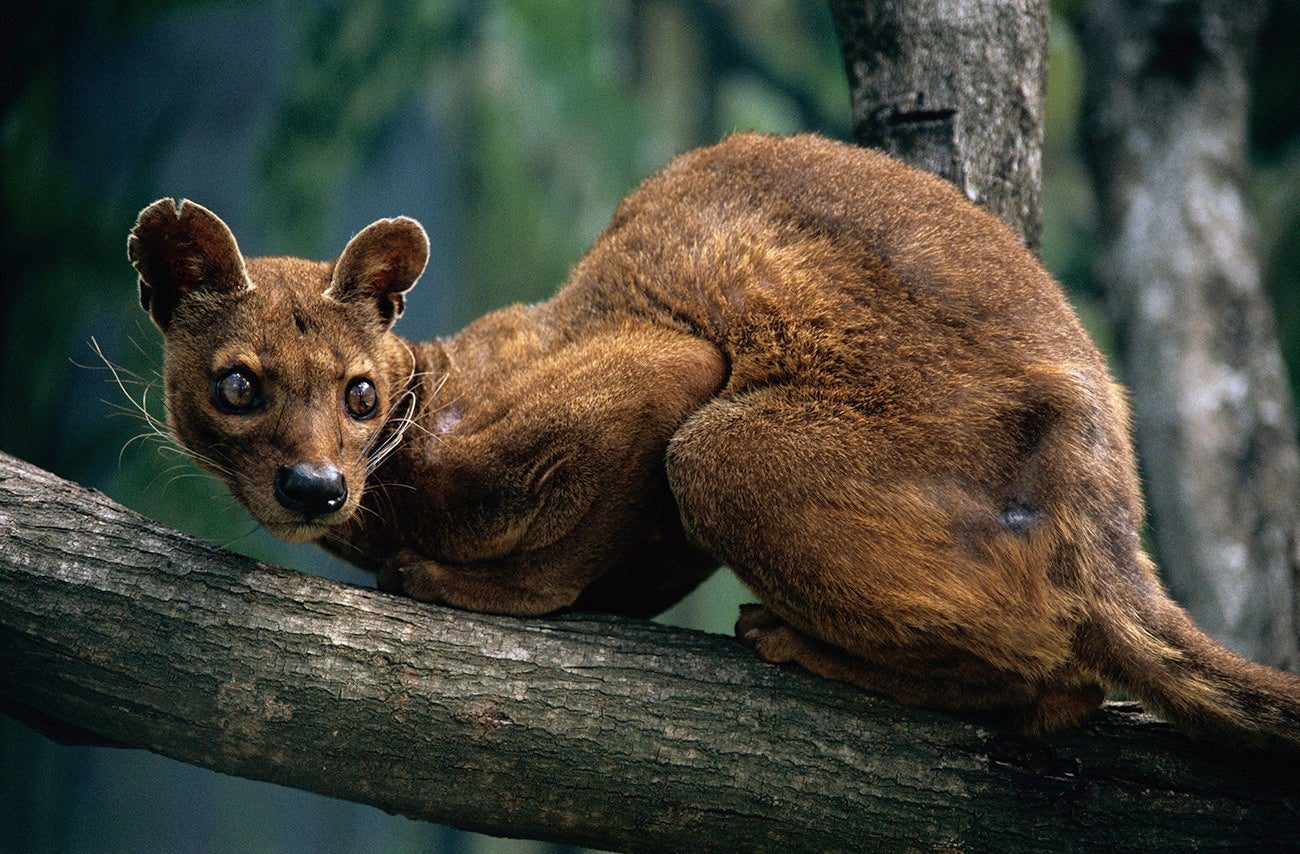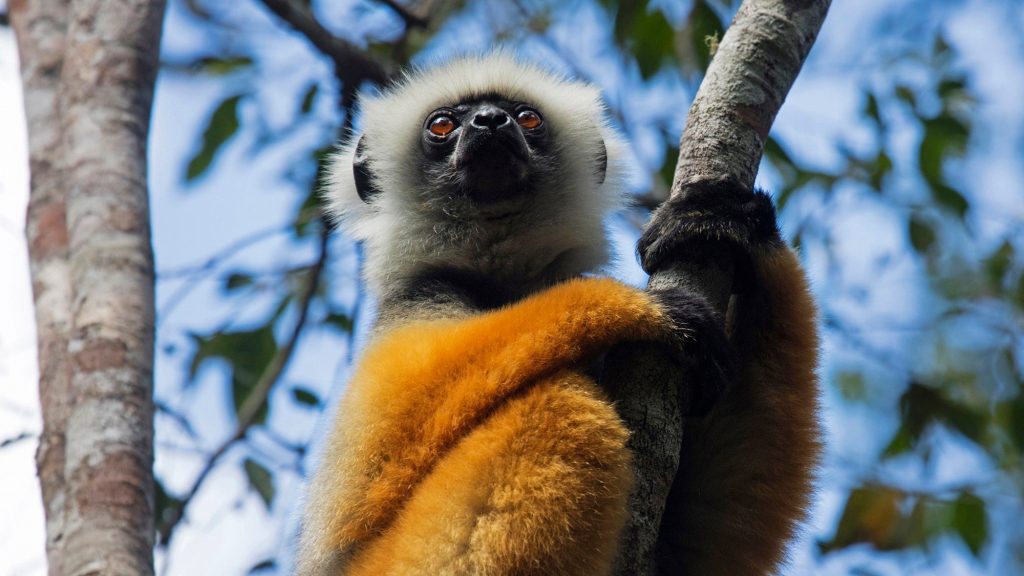Many of Madagascar’s charming lemurs are facing major difficulties. The use of fire to clear land for farming has wrecked their living area and led most of the different kinds of lemurs to be at risk of dying out. Now, a type of lemur called diademed sifaka lemurs are in very serious danger. Propithecus diadema (because they are being attacked by another at-risk species, a cat-like meat-eating animal called the fosa (Crytoprocta feroxalso spelled fossa, a report printed April 9 in the journal).
A Ecology and Evolution explains very unusual incidents of diademed sifaka lemurs at Madagascar’s Betampona Strict Nature Reserve being attacked by fosas. Fosas are reddish brown animals with slender bodies and long tails . They are great at climbing and are often compared to cougars. However, they are actuallypart of the weasel family The International Union for Conservation of Nature and Natural Resources also.
declares the fosa as at risk of dying out . Pretty much all of the lemurs that fosas have been seen eating are also at risk of dying out. The fosas also hunt birds and rodents.Fosa are Madagascar’s biggest predators. They are sneaky hunters related to weasels. CREDIT: Corbis Documentary/Getty

possibly high inbreeding in the lemur population of Betampona could affect the survival of this species at this location. Betampona is Madagascar’s first protected reserve. It includes roughly 5,400 acres of rainforest on the island’s east coast, surrounded by farming land. This makes it hard for the lemurs and other animals in the reserve to find other suitable animals to mate with. Giant beasts once roamed Madagascar. What happened to them?
a team from Washington University in St. Louis and the University of Antananarivo in Madagascar came across one fosa hunting diademed sifaka lemur during the team’s daily behavioral observations.]
In this new study, “What we saw was very unusual. There are other small meat-eating animals in Madagascar, but they are not large enough to be able to hunt an adult diademed sifaka [lemur] because they are among the biggest lemurs,” study co-author and Washington University in St. Louis biological anthropologist Giovanna Bonadonna
stated . “There are not so many predators that could actually get them.”The team found that this situation can be particularly complicated when the hunting happens in an isolated or poor-quality living area without enough resources to go around. Also, fosas are rarely caught in the act since they are
sneaky hunters . Previous studies could only figure out what they eat bylooking at the bones and other evidence left behind in their droppings “We noticed that a female diademed sifaka [lemur] that we were following after the first attack didn’t run away very far,” study co-author and University of Antananarivo PhD student Onja Ramilijaona.
stated . “Instead she stayed still and remained watchful, looking at the fosa.”Ramilijaona also recorded the remains of another lemur that they believed was killed by a fosa. Fur was spread around the site and its belly contents were found near several bones. The tree branches nearby also showed signs of a struggle between animals. The study describes other times over 19 months of observations when the fosa seemed to track lemurs, but did not manage to catch one of them.
Dams are harming this mysterious Australian species
While the Betampona reserve itself is protected, the forest’s relatively small size and.]
isolation from other potential mates can make it hard for animals like the diademed sifaka lemurs to continue to reproduce and survive there. “This group of diademed sifakas is already in poor condition,” Bonadonna said. “There is a significant predation pressure that was underestimated until we did this behavioral study. We were able to emphasize inbreeding and other factors that may be behind the fact that this group cannot thrive at Betampona.”
Bonadonna emphasizes that fosas are not “the bad guy.” They also need conservation and face threats from habitat loss, competition for food resources, and a
negative reputation among humans who can often view them as pests. The study highlights just how challenging conservation can be . Human activities and behaviors can cause changes within ecosystems and cascading effects on at-risk species, such as more inbreeding and lack of genetic diversity.“Despite the effort to conserve one species, it’s really the ecosystem and the balance of that ecosystem that is at stake once the habitat is compromised,” said Bonadonna.
Scientists say fosas are not ‘the bad guy.’









